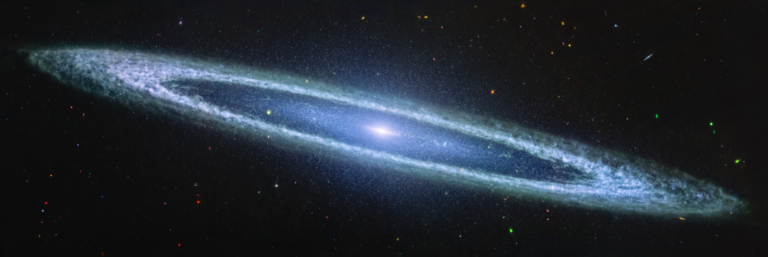Astronomers have long thought that about half of all galaxies should be rotating in one direction, and half in the other. This stems from the idea that we live in an “isotropic” universe, which means that the universe looks roughly the same in every direction. By extension, galaxies shouldn’t have a preferred direction of spin from our perspective. This finding was recently confirmed by a group of citizen scientists who looked at thousands of images of spiral galaxies and determined that half looked to be rotating clockwise and the other half counterclockwise.
In most cases, spiral galaxies spin with their arms trailing the direction of rotation. This is what we expect from our models. But there have been some recent observations that suggest not all galaxies rotate with their arms trailing. Galaxies that have recently merged with or been disturbed by another galaxy can sometimes rotate with their spiral arms leading. The only way to be sure of the rotational direction is to measure the motions of stars or gas in a galaxy, which requires more than just an image. But, when you see a photo of a spiral galaxy, a good guess is that the arms trail the direction of rotation.
Assistant Professor of Astronomy, University of California, Berkeley










